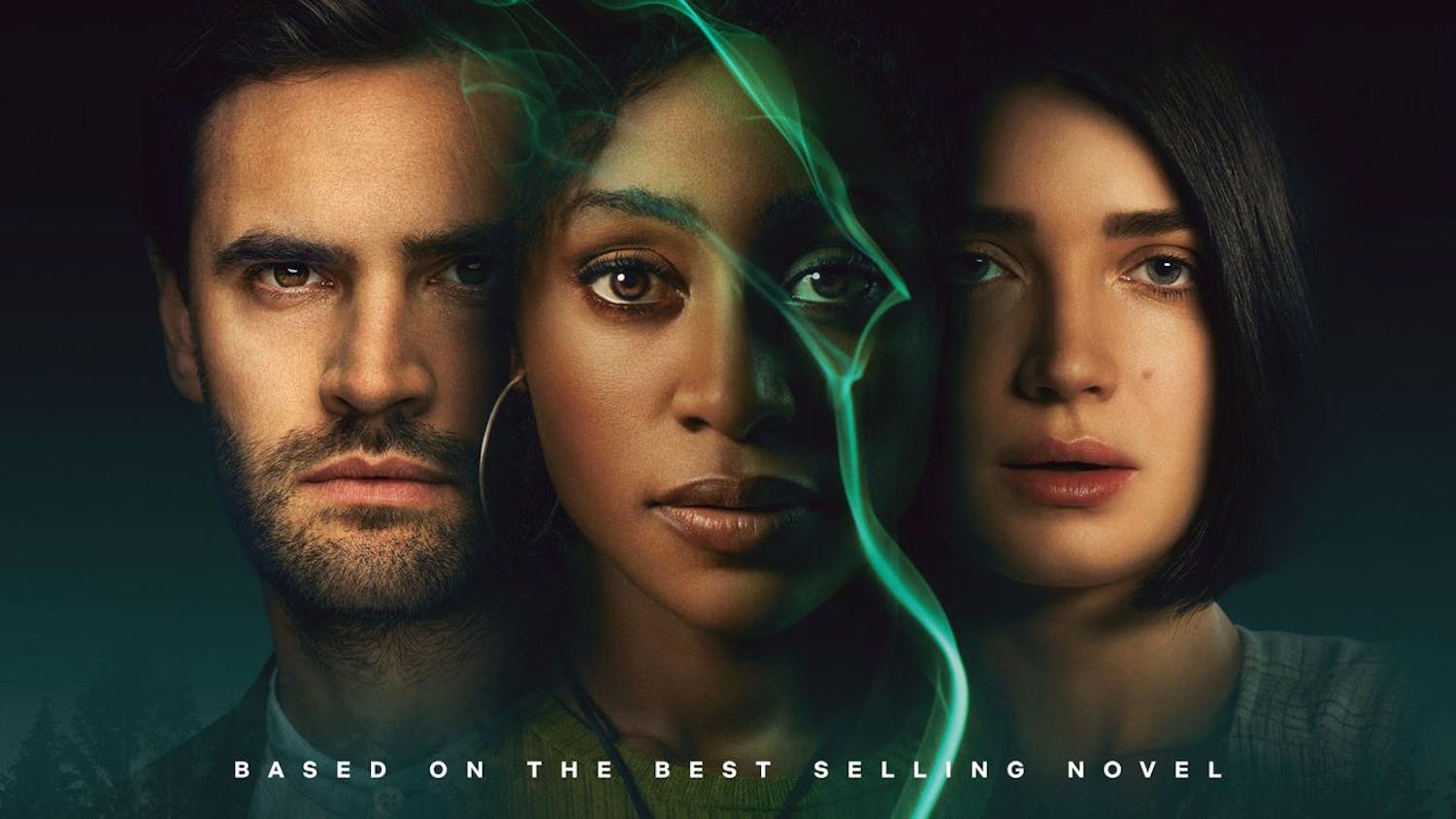“You know that stuff’s fake right?”
A pro wrestling fan cannot go long before encountering this phrase. Whenever anyone brings up their enjoyment of pro wrestling, someone invariably reminds them and everyone else that wrestling is not a real sport, that the outcome is indeed predetermined. The accuser typically brings this totally shocking revelation to display their superiority over the wrestling fan, that pro wrestling is somehow lower or beneath them. For the accuser, the “fakeness” of wrestling disqualifies it from being legitimate entertainment, and anyone who watches wrestling must be an idiot who thinks it’s real.
To be frank, this is a ridiculous argument. For one, we have known that wrestling is predetermined since at least 1989, with then-WWE owner and monster Vince McMahon admitting so to the New Jersey Athletic Control Board to get around regulation. Secondly, and more importantly, why does this matter? We watch movies and TV shows knowing they are fake, yet it doesn’t stop us from suspending our disbelief. The fact that Star Wars is predetermined does not stop anyone from enjoying the movie, so why should it stop us from enjoying wrestling?
It is quite strange that wrestling fans feel the need to defend themselves as pro wrestling remains immensely popular. Pro wrestling is a highly lucrative form of entertainment, with its biggest promotion, WWE, raking in $1.3 billion last year. Wrestlemania 41, set to conclude on Sunday in Las Vegas, is one of WWE’s most valuable events of the year, generating millions as the biggest night in the WWE calendar. If the wrestling fans are not satisfied with WWE’s product, they can turn to the upstart competitor AEW, which sees more than a million TV viewers weekly on HBO Max. You are not even limited to the United States as a wrestling fan, with Japan and Mexico boasting a long and storied pro wrestling legacy. Yet, I and many others cannot help but hide our enjoyment, feeling this sense of shame at simply enjoying this product, having to constantly be on the defensive against people who can’t help but remind us that, shock and awe, wrestling is fake.
Now I must admit, the accusation that pro wrestling is stupid isn’t always wrong. Wrestling has featured some of the most asinine, ludicrous, and offensive storylines and characters ever to come out of a writers' room. We are not at a loss for terrible wrestling, its history providing us with a treasure trove of some truly befuddling television. Rey Mysterio had a match against the late-great Eddie Guerrero over custody of Rey’s child, Dominik. Perry Saturn fell in love with a mop. Mae Young literally gave birth to a hand once. And this is not even close to the worst I could mention. But below all this lies one of the most unique art forms known to man, a place where soaring athleticism mixes with some of the most well-acted narratives. It is not for everyone, but it can genuinely move and inspire us. Pro Wrestling is an art form that millions around the world across different generations have fallen in love with, which continues to captivate viewers to this day.
In describing wrestling, I must defer to pro wrestling legend Jesse Ventura: “Wrestling is ballet with violence.” Like ballet, a wrestling match aims to tell a full story with little use of words, creating a narratively satisfying beginning, middle and end. Like ballet, it is a highly technical performance form, with wrestlers having to realize a complete story purely through physical performance. Though wrestlers coordinate with one another to ensure safety, it is still a physically daunting task, requiring years of training to do properly. Yet it is in this physical performance that the wrestler can embody a whole range of personas, ranging from the hero to the villain and everything in between. Thus, a wrestling match is the telling of these narratives, the establishing of a story with certain conflicts that must be resolved through violence.
Beyond individual matches, pro wrestling has a strange relationship to reality, one not found in any other medium. Though most of us know wrestling is scripted, characters operate under this fascinating illusion of reality known as “kayfabe.” It is what keeps wrestling as a kind of live theatre and not a “real” competition like the UFC, allowing for comedy, drama, horror and all genre forms into it. Yet because of wrestling’s long-term storytelling and its nature as live performance, there are times when the “kayfabe” of wrestling bleeds into reality. We watch as these wrestlers and their fictional personas grow old in real time and, at some point, the line between the wrestler and their persona blurs. This blurring is why CM Punk’s pipebomb promo is so legendary; he spoke on real issues the man playing CM Punk had while working at WWE, promising to leave with the WWE title if he won it against John Cena. It is truly worth a watch, as he essentially breaks the fourth wall as both CM Punk and the character’s actor Phil Brooks. This promo gave that match a real dimension alongside the “kayfabe” story, with the subsequent match regarded as one of the greatest in WWE history. Only in wrestling do we have this kind of storyteller. Only in wrestling can we get this sort of character development, where performance and reality can coexist in the squared circle.
I truly understand that wrestling is not for everybody. But there is a reason why people love it so, and I implore anyone in search of something unique to give it a try.
Basil Bob is a sophomore in the College of Arts and Sciences. He can be reached at bob27@cornell.edu











